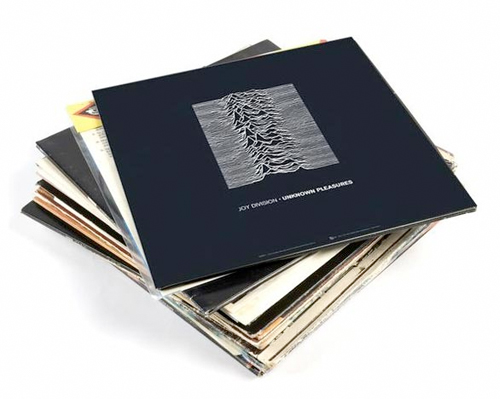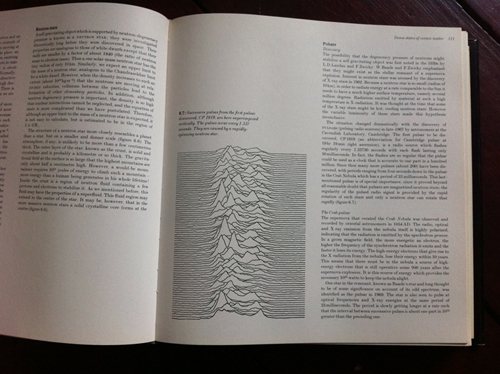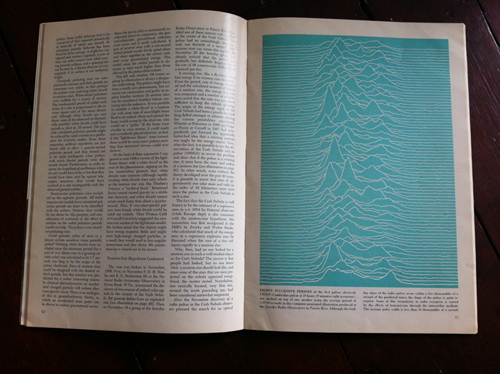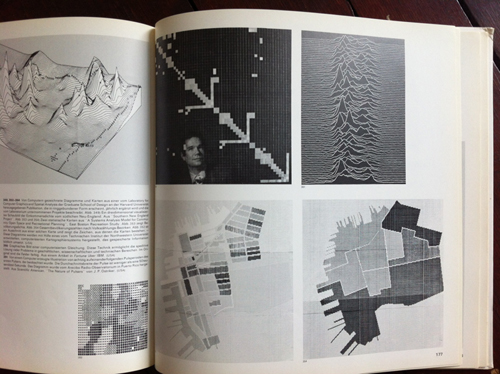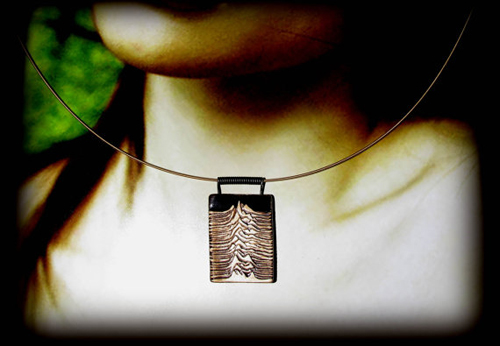Jocelyn Bell Burnell
Thank you to everyone who voted for Jocelyn Bell Burnell’s discovery of pulsars in the Great British Innovation vote. She came #4. Amazing!
Several weeks ago Roger Highfield from the London Science Museum got in touch with me to ask if I’d like to take part in the Great British Innovation vote. He sent me a huge list of potential choices, thinking I’d choose one of the “computer” ones.
I have to admit that my initial impulse when being asked to do something like this is to turn it down (hey, I’m busy), but the second I saw “Discovery of Pulsars” on the list, I wanted in.
I’ve been interested in Jocelyn Bell Burnell’s story for a few years now. She was a PhD student at Cambridge when she discovered the very first pulsar. A few years later, the Nobel Prize for Physics was awarded for the Discovery of Pulsars. Burnell’s supervisor and head of department were given the Nobel Prize. Like Lise Meitner or Rosalind Franklin, Burnell’s scientific contribution was overlooked. And although she has gone on to become part of the British scientific establishment with great awards, titles and successes, I still believe her story needs to be told and she needs much greater, wide-spread recognition than she has. When people are asked to name a great living scientist, her name should come up alongside Higgs, Hawking, Penrose, Dawkins and Venter… (For an in-depth 30 minute history of her life and work, listen to the excellent Jim al-Khalili’s ‘Life Scientific’ interview with her here.)
That’s all great and good, but there is another angle to Jocelyn Bell Burnell’s story that is far less known and I think it’s a good one.
Some of you will recognise this album cover:
In case you don’t, it’s Manchester band Joy Division’s first album ‘Unknown Pleasures’. Here’s a closer look at the image on the cover:
The image was given to album designer Peter Saville by the band as part of a folder of reference material for the album design. It came from a page in the Cambridge Encyclopaedia of Astronomy. I’m so into this whole story that I’ve got that book. See?
The image is eighty successive pulses from the first pulsar observed, CP1919. This is the pulsar Jocelyn Bell Burnell discovered.
In researching this image I discovered that it had previously popped up in print two times before appearing in the encyclopaedia. The first appearance was in the January 1971 edition of Scientific American in the article “The Nature of Pulsars” by Jeramiah P. Ostriker. Yea, I’ve got that, too. Fans Obsessives of the image will be interested to see that it first appeared with a pale blue background.
The second appearance in print of the image was in a relatively obscure (judging by how terribly difficult it was for me to find and how ridiculously expensive it was for me to buy) 1974 graphic design book on data visualisation ‘Graphis Diagrams’. The image is now recognisably white on black.
In recent years this image has spawned a bit of a cult. It appears on clothing…
jewellery…
and tattoos…
… and it’s unlikely any of them have even heard of Jocelyn Bell Burnell…
There is far more to tell about the story of the image, Jocelyn Bell Burnell and Joy Division and that’s what I’m working on right now… In the meantime, here’s a great little interview with Peter Saville about the image.
Data Visualization Reinterpreted by VISUALIZED from VISUALIZED on Vimeo.
